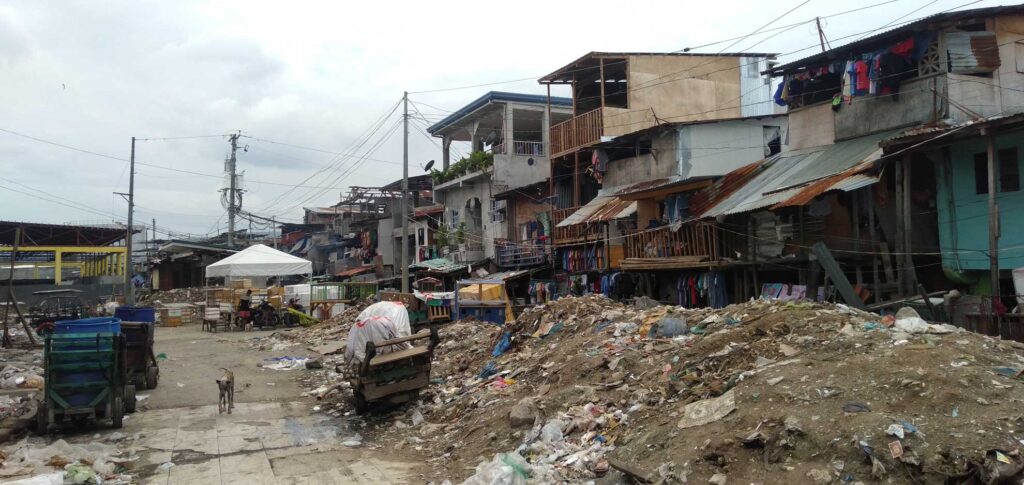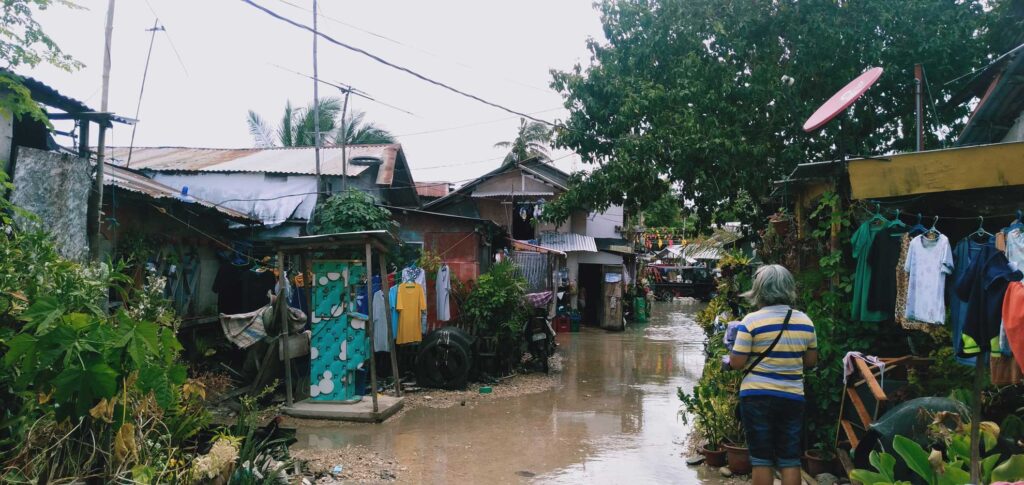San Fernando is a second class municipality in the province of Cebu. It is located 29 kilometers from Cebu City in the southeastern coast. On its north is the Municipality of Carcar, on its west is the Municipality of Pinamungajan, on its south is the Municipality of Naga, and on its east is the Cebu Strait.
According to the 2020 census, San Fernando has a population of 72,224 people. It has a total land area of 69.39 km2 with 21 constituent barangays- smaller political units after municipality. The program is focused only on Barangay South Poblacion.
Barangay South Poblacion has 8 sitios and 19 puroks, and has a total population of 8,494 with over 5,470 who are registered voters. Two big cement companies in Cebu are located in the barangay. Taiheyo Cement Company and Mabuhay Cement Company transport their products of cement to other provinces in a port located in the barangay. Interisland vessels also dock in the same port.
Consequently, these companies are the main sources of income for majority of the people in Barangay South Poblacion. Other sources of income include being cashiers and baggers for big stores in the area, staff in the municipal hall, entrepreneurial work, public vehicle drivers, construction workers and odd jobs.
Especially for Sitio Lower Luknay, Sitio Lawis and Sitio Pantalan which are situated in the coastal area of Barangay South Poblacion, fishing is their primary source of income. Ironically, despite the technological advancements, there is still lack of basic machineries and systems for fishing. Some fishermen don’t have their own fishing vessels but rent small pump boats as well as fishing nets.
The women’s organizations in the three sitios which has more than 200 members are the project partners
Municipality of Minglanilla
Minglanilla is a first class municipality located 15 kilometers southeastern part from Cebu City. It is bounded by the Bohol strait on its west, Toledo City on it west, Talisay City on its north, and City of Naga on its south. The municipality has an estimated total land area of 16, 560 hectares. Its total population reaches 132,135 with a total number of households of 24,830.
Currently, Minglanilla is considered as one of the fast-growing municipalities in Cebu with a total of 19 barangays.
The project sites include Barangays Calajoan, Tungkil, Tulay and Tungkop. They are the only four barangays in Minglanilla which have coastal communities. These communities are mostly likely to be affected with the construction of the Minglanilla Reclamation Project. These are the communities where the project will be implemented.
Cebu City
Cebu City has 80 barangays. The project sites include Barangay Suba and Barangay Sawang Calero. These two barangays typify urban poor barangays. Majority of the houses are congested, constructed with both light with a mixture of wood and cement and galvanized iron for roofs, or any scrap materials which can easily be dismantled.
Sources of water may be from public faucets and mineral water is used for drinking. For homes that do not have their own toilets, waste is wrapped in old plastics and either piled up together with the garbage heap or thrown directly to the sea.
The project shall be implemented among families who suffer from the congestion, poor environmental sanitation and live in difficult conditions.
Jobs are varied, including white collar workers such as sales and clerical workers and small proprietors engaged in small businesses, unskilled laborers who engage in such jobs as pier hands, janitors, factory workers, drivers, plumbers, electricians, painters or carpenters. Women are commonly small food vendors, laundry women, and makers of hanging rice. Child labor may also be seen in these areas; children are forced to contribute to the family’s meager income by engaging in work that needs minimal or no skills at all like peddling newspapers, scavenging and begging in the streets.
Many work more than the minimum of eight hours per day including weekends. In times of difficulty, they resort to credit in sari-sari stores or loan sharks for basic necessities and pay when able; others get assistance from relatives, neighbors, and friends. Expenses are restricted to only the very basic needs of food, water, fuel, clothing, utilities and transportation.
Thus, the urban poor settlers in the project areas are generally economically exploited persons who spend much of their time to earn a living and live just enough to survive. Those who are employed may receive a pay below the minimum wage mandated by law. With the present passage of the Tax Reform for Acceleration and Inclusion (TRAIN) of the Duterte government, prices of basic commodities have increased in alarming proportions and their situation has become much worse with inflation and the rising cost of living.
The anxieties of the people on what the future lies for them if they are eventually displaced compound their current harsh economic situation of struggling to survive. The people, including the women face a situation of underdevelopment with limited opportunities to improve their life. Thus, this project is conceived in the hope that provided with initiatives, education, training and other measures that will organize, empower and strengthen their organizations, the women in the project areas can stand up to their basic human rights and collectively address the urgent issues that threaten their abode, livelihood and very lives of their families and become a force capable of determining their own course of development.



